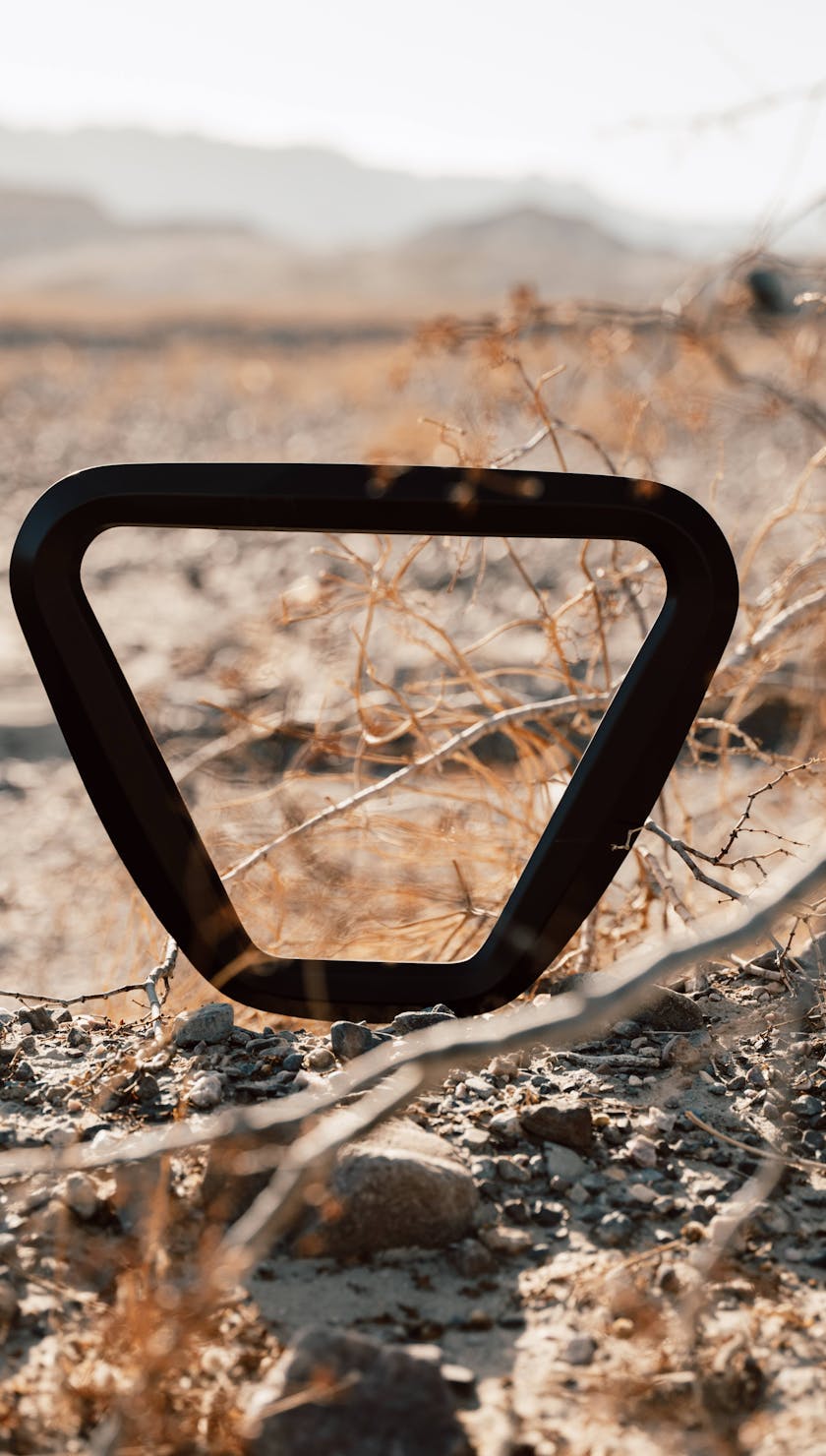How to Use Your Tankless Water Heater Like a Pro
If you’ve ever stood in your Keystone RV’s shower waiting… and waiting… for hot water, you’re not alone. Tankless water heaters are efficient and space-saving, but they don’t work the same way as the old-school tank models many of us are used to.
Whether you’re hooked up at a campsite or boondocking deep in the wild, understanding how your system works—and how to use it efficiently—can make all the difference.
Let’s dive into what every Keystone owner should know.
First, What is a Tankless Water Heater?
Unlike traditional water heaters that store hot water in a tank, tankless (on-demand) systems heat water as you need it. When you open the hot water tap, cold water flows through a heat exchanger, and you get hot water almost instantly—once it passes through the lines.
The systems may look and operate a little differently, but they follow the same core principles.
Everyday Use: Step-by-Step
- Turn on your water pump or connect to city water.
These systems rely on solid water pressure to function. If you're boondocking, make sure your fresh tank has water and your water pump is powered on. - Power up the heater.
Use the digital control panel inside your RV (usually near the bathroom or kitchen). Press the power button and set your preferred temp. - Start with hot water only.
Don’t mix with cold right away. Let the hot tap run fully open until the water gets warm—then adjust to your liking. - Maintain a steady flow.
A flow that's too low may not ignite the burner, and one that's too high might not heat thoroughly. Find the "Goldilocks" flow.
Tankless water heaters are a game changer for RV life. Once you dial in the flow and temp, it’s the best shower you’ll have in the middle of nowhere!" - Trailblazer
Common Issues (and Easy Fixes)
- "It takes a while to heat up."
Yep, that's normal. The cold water in your plumbing has to clear first. Catch it in a bowl to reuse for dishes or flushing! - "The water keeps going hot and cold."
This usually means the flow rate is inconsistent. Avoid using the sink or flushing the toilet while someone is showering. - "I lose heat when I pause the shower."
The shut-off valve on your showerhead is great for saving water, but turning it off and on can cause temporary ignition delays. If possible, turn off at the faucet instead.
Boondocking with a Tankless Water Heater
Using your tankless system off-grid? It’s absolutely doable—you just need to be strategic.
Water Conservation Tips:
- Catch the startup water. Use a bucket or basin while waiting for hot water to arrive. That cold water is still useful!
- Use fast, focused showers. Get wet, shut off, lather up, rinse off. Old-school camping tricks still apply here.
- Use heated water for sponge baths or washing dishes. Sometimes, that’s all you need to feel fresh.
Power and Propane Tips:
- Most heaters run on 12V battery power for ignition and controls, and propane for heat.
- Make sure your batteries are charged before use—especially if you’re running your water pump at the same time.
- Conserve power by limiting other 12V draws (lights, fans, chargers).
Real-World Advice:
- Don’t expect endless hot water on a 50-gallon tank.
- Be intentional—your water, power, and propane are all limited resources.
Pro tip: Upgrade to a low-flow showerhead to maximize water efficiency without sacrificing comfort.
Seasonal Considerations
- Winterizing: Be sure to completely drain the system. These units can be damaged if water is left to freeze inside.
- De-winterizing: Prime the system slowly and check for leaks or air in the lines before firing it up for the season.
Final Thoughts
Tankless water heaters are an awesome upgrade—offering endless hot water with greater efficiency—but they do work a little differently than traditional systems. Once you understand the quirks and best practices, it becomes second nature.
Whether you're hooked up or off the grid, a hot shower in the wild is one of the best creature comforts out there. Use these tips to make it happen—without wasting water or energy.
Need Help or Have a Tip to Share?
Join the conversation on Keystone Basecamp or check your owner’s manual for model-specific troubleshooting and info.
